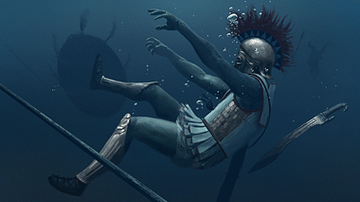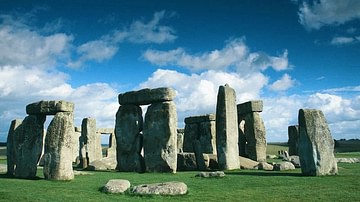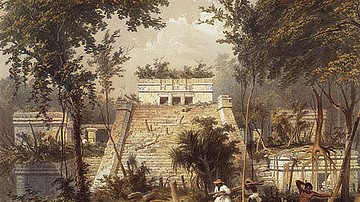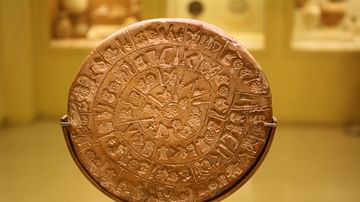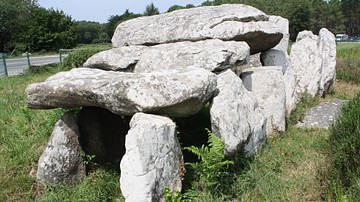We know a lot about our past but some things, despite research, archaeology and endless debate, still remain largely unknown. This collection looks at some of the great unsolved mysteries from the ancient world to try and discover the facts behind such legends as Atlantis, to weigh the theories on the function of Stonehenge or discuss why we have never quite found El Dorado.
The tale of Atlantis leaves many questions which have only tantalizing hypotheses as answers. Perhaps, then, we would do well to remember that Plato, the legend's originator, was not a historian but a philosopher...
Tips for Teachers & Educators
Mysteries are always a fascinating subject and a good introduction for ancient civilizations in your class. There are many possibilities to use this collection, so we have focused here on one lesson plan example:
- Taking Stonehenge, El Dorado and Atlantis as the topics for discussion, divide the class into six groups (two groups per site).
- Create a table for the students to mine information from the corresponding articles. You can use the following categories: Site description, location then vs. location now (still standing nowadays?), questions raised, mysteries, use of the site, date of the building vs storytelling date.
- Each group can fill half of the table and present its information to the rest of the class.
- You can then initiate a conversation or a debate about myth vs reality and ask their opinion on the site they had to study.
- You can follow-up with an assignment or homework about a current story which is creating quite a bit of discussion in the news. Ask the students to watch one of the videos about the sites or read the article about the Mummy's curse, noting similarities with the story they chose. Finally, students can compile the perfect recipe for a good myth in their conclusion!
If the subject is well received, a good way to carry on could be to have a look at our collection on Ancient Mythical Monsters!
Enjoy teaching!

